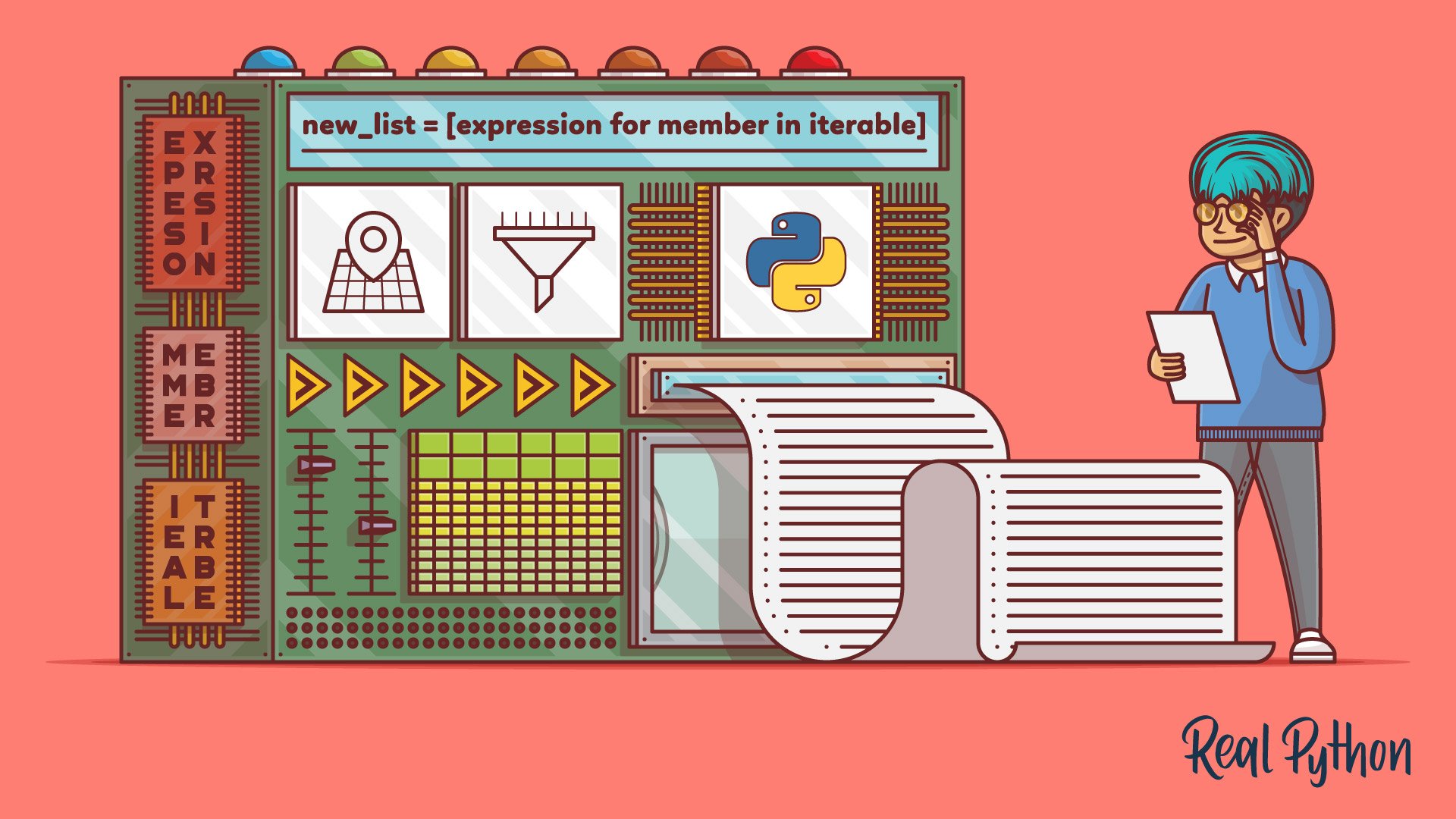Python list comprehensions make it easy to create lists while performing sophisticated filtering, mapping, and conditional logic on their members. In this tutorial, you’ll learn when to use a list comprehension in Python and how to create them effectively.
Python is famous for allowing you to write code that’s elegant, easy to write, and almost as easy to read as plain English. One of the language’s most distinctive features is the list comprehension, which you can use to create powerful functionality within a single line of code. However, many developers struggle to fully leverage the more advanced features of a list comprehension in Python. Some programmers even use them too much, which can lead to code that’s less efficient and harder to read.
By the end of this tutorial, you’ll understand the full power of Python list comprehensions and how to use their features comfortably. You’ll also gain an understanding of the trade-offs that come with using them so that you can determine when other approaches are more preferable.
In this tutorial, you’ll learn how to:
- Rewrite loops and
map()calls as a list comprehension in Python - Choose between comprehensions, loops, and
map()calls - Supercharge your comprehensions with conditional logic
- Use comprehensions to replace
filter() - Profile your code to solve performance questions
#python #programming #developer
